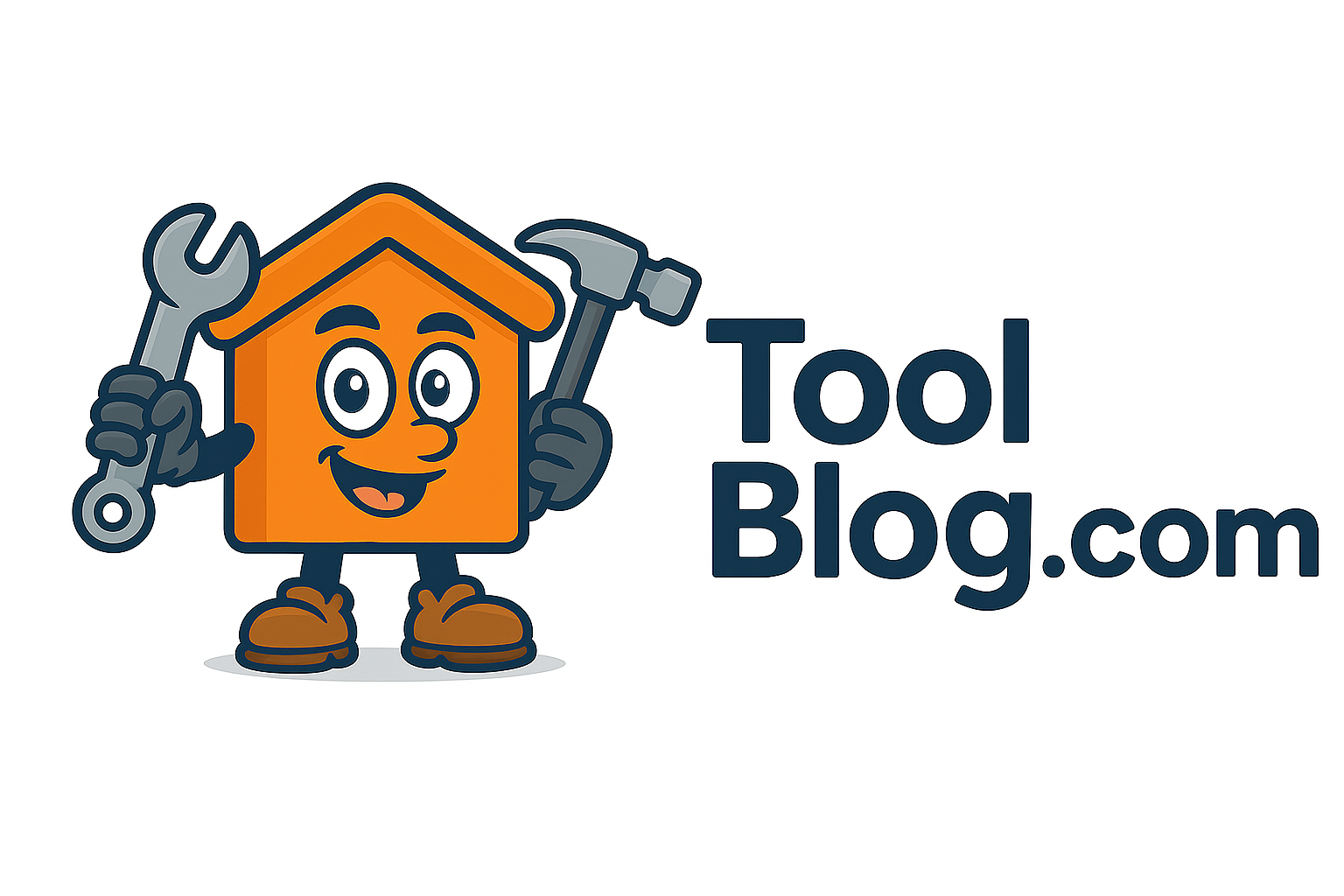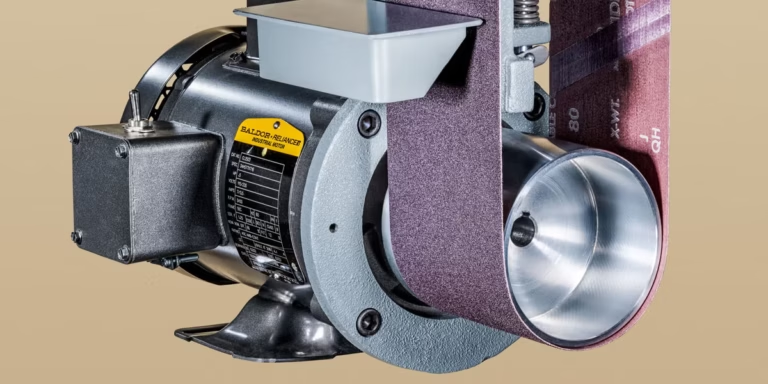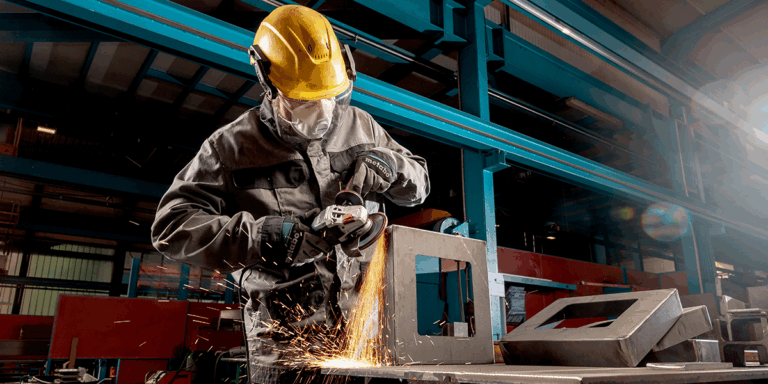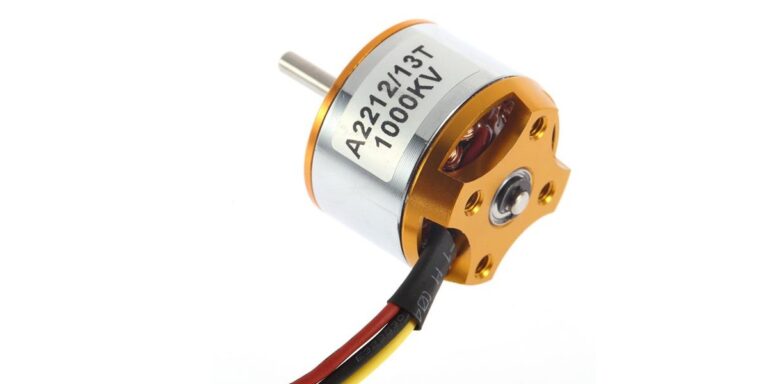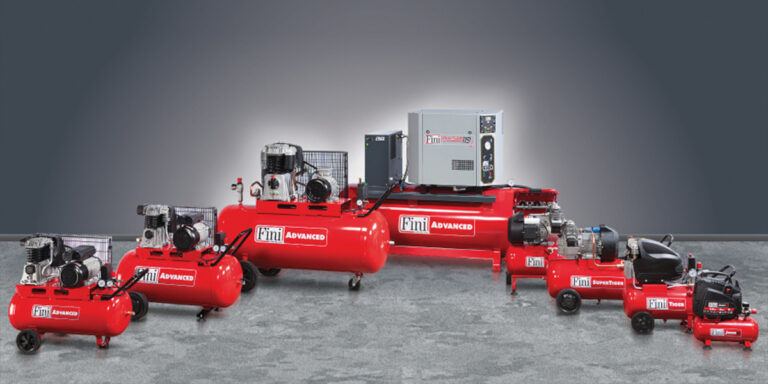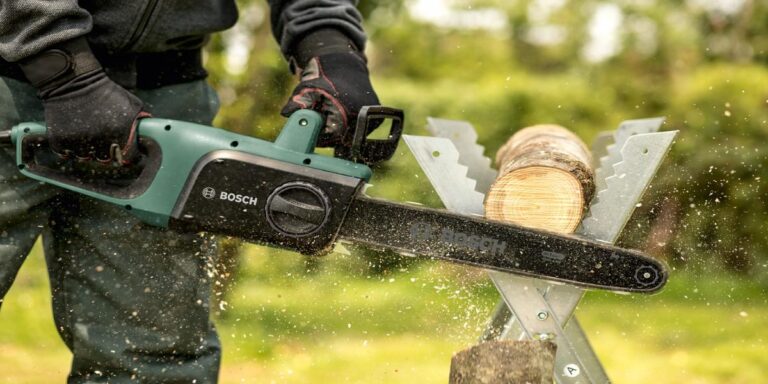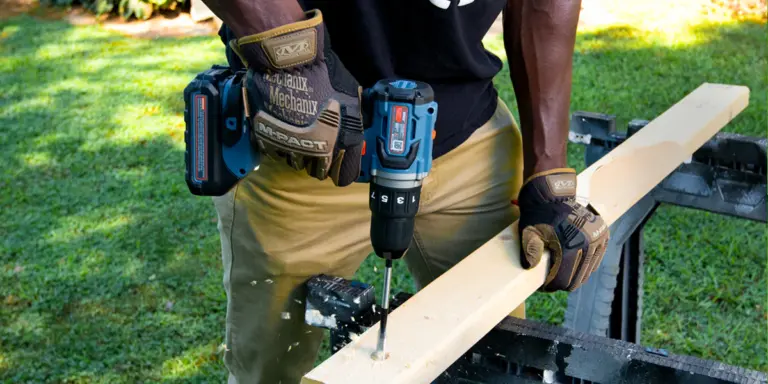What to Look for in a Power Tool Set
As someone who spends a lot of weekends in the workshop or elbow-deep in a home renovation project, I’ve learned the hard way how much of a difference a good power tool set can make. From assembling furniture to framing a shed, the tools you choose can either speed things up or slow you down. If you’re thinking of investing in a power tool set—whether you’re new to DIY or looking to upgrade your current arsenal—there are several crucial factors to keep in mind. It’s not just about grabbing the biggest box on the shelf or going with the flashiest brand name. You want quality, reliability, and compatibility, and you definitely don’t want to overpay for tools that don’t meet your needs.
Let’s break down what to look for in a power tool set so you can make an informed decision and get your hands on a kit that truly suits your work style.
Core Tools That Should Be Included
At the heart of any worthwhile power tool set are a few essential items. While the list might vary slightly depending on your projects, there are some basics every DIY enthusiast should expect.
A good set almost always includes a drill/driver, which is the workhorse of most toolkits. If you’re planning to build anything from shelves to a deck, you’re going to need this. Look for variable speed settings and a clutch with multiple torque levels—this gives you more control depending on the material.
A circular saw or reciprocating saw often comes next. These are ideal for cutting through wood, plastic, or even metal. If the set offers both, even better. Add in a flashlight or work light, and you’ve got a useful addition for dimly lit spaces.
Some sets may also include impact drivers, angle grinders, oscillating multi-tools, or jigsaws. The more comprehensive the kit, the better—just be sure each tool serves a purpose for you. Otherwise, you’re just paying extra for stuff you’ll never use.
Battery Platform and Compatibility
A major thing I learned quickly was that mixing battery platforms is a nightmare. If half your tools run on one voltage or battery size and the other half on another, you’ll find yourself buried under chargers and dead batteries.
That’s why battery compatibility is one of the top priorities in what to look for in a power tool set. Ideally, you want all your tools to operate on the same battery system. Not only does it simplify charging, but it also means you can swap batteries between tools on the fly.
Lithium-ion batteries are the current standard. They hold a charge longer, recharge faster, and are lighter than older types like nickel-cadmium. Keep an eye out for sets that offer multiple batteries—especially if they’re quick-charge models. Running out of juice mid-project can be a serious momentum killer.
Build Quality and Durability
Let’s be honest, tools get banged around. Whether it’s a drop from the ladder or just general wear from heavy use, your power tools need to stand up to abuse.
When I evaluate what to look for in a power tool set, build quality is always near the top. I look for solid housing materials—typically reinforced plastic or metal—that can absorb impact. Rubberized grips help with control and comfort, especially on tools like drills or grinders where vibration is an issue.
Also consider the internal components. Brushless motors, for example, tend to last longer and run cooler than brushed ones. They also deliver more torque and require less maintenance, which is a win if you use your tools regularly.
Ergonomics and Comfort
A tool may be powerful, but if it’s uncomfortable to hold or overly heavy, you won’t want to use it for long. That’s why ergonomics should always be a factor in your buying decision.
In my own experience, I’ve gravitated toward power tool sets that prioritize user comfort. Balanced weight distribution, non-slip grips, and compact design are all features that make a difference over time. Tools that feel right in your hand reduce fatigue and improve accuracy, especially during long projects.
Try to get your hands on the tools before buying if you can. Otherwise, look for reviews that mention weight, handle design, and ease of control.
Number and Type of Accessories
Another tip I’d offer on what to look for in a power tool set is the inclusion of useful accessories. Some kits come with a wide range of drill bits, saw blades, sanding pads, and even storage bags or hard cases. These extras may seem minor, but they can save you money and time down the line.
Having the right bit or blade for the job prevents you from rushing back to the store mid-project. Plus, if the accessories are made to fit your tools perfectly, they’ll be more efficient and last longer.
Just make sure the included accessories are of decent quality. I’ve had kits where the drill bits dulled quickly or the blades warped after a few uses. Brands that include their premium line of accessories in their power tool kits are usually a safer bet.
Voltage and Power Output
The voltage of your tools matters more than you might think. Most power tools for DIY use come in 12V, 18V, or 20V variants. While 12V tools are lighter and more compact, they often lack the torque and endurance needed for more demanding tasks.
I prefer 18V or 20V tools for most home and workshop projects. They hit the sweet spot between power and portability. They’re strong enough for serious jobs but not so bulky that they’re difficult to maneuver.
Some brands label their 18V systems as 20V Max. It’s mostly a marketing move—the actual performance difference is negligible. Still, it’s something to be aware of when comparing specs.
Brand Reputation and Warranty
There’s a reason why brands like DeWalt, Makita, Milwaukee, and Bosch tend to dominate in discussions around what to look for in a power tool set. These companies have built reputations on performance and reliability. That doesn’t mean you need to buy the most expensive name, but sticking with a trusted brand often means fewer headaches.
I’ve used budget sets before, and while they might be okay for one-off jobs, they don’t usually hold up well under regular use. Also, established brands tend to offer better warranties and customer service.
Look for power tool sets that include a multi-year warranty on tools and batteries. Some even offer tool replacement or free service during that period, which gives you peace of mind if something goes wrong.
Cordless vs. Corded Tools
Another important consideration is whether to go cordless, corded, or a mix of both. Cordless tools offer more mobility, which is great if you’re working in areas without easy access to outlets. However, corded tools tend to deliver more consistent power and don’t require battery management.
For my part, I lean toward cordless because I like being able to move freely. Most quality cordless tools today have battery life and power output that rival corded options. That said, for tools like table saws or miter saws that require more continuous power, corded models are still worth having in your lineup.
A solid power tool set should include mostly cordless tools unless you have a specific need for corded ones. Again, this ties back to what you need based on your most common projects.
Storage and Portability
Once you’ve got your set, you’ll need a way to keep everything organized and accessible. Many high-quality sets come with custom-fit carrying cases or stackable toolboxes. This might not seem like a big deal at first, but I’ve found that easy storage can make a huge difference in keeping tools in good condition.
Look for cases with molded interiors or heavy-duty latches. If you’re working in different locations, rolling toolboxes or compact bags can also make transporting your tools much easier.
Some brands even offer modular storage systems that let you add on compartments or stack sets. That’s a great option if you plan to expand your tool collection over time.
Price vs. Value
You don’t need to drain your bank account to get a good power tool set, but beware of going too cheap. Low-cost kits often compromise on power, durability, or battery life. That doesn’t mean you can’t find deals, especially if you’re okay with fewer pieces or more basic models.
I always advise weighing price against overall value. A $400 kit that includes brushless motors, high-capacity batteries, and premium accessories may be a better investment than a $200 kit with underpowered tools and no warranty.
Seasonal promotions and combo deals can help you snag high-end sets at a discount. Just be sure to compare specs and read user reviews before hitting the checkout button.
Tailoring the Set to Your Project Needs
Every DIYer has a different set of priorities. If you’re mostly focused on furniture assembly and repairs, a compact drill and a multitool may be all you need. But if you’re doing major remodeling or outdoor construction, you’ll want something more powerful and expansive.
I’ve made the mistake before of buying a full-blown kit when I only needed two or three of the tools included. These days, I look at power tool sets with a project-based mindset. If you’re building decks, framing walls, or installing flooring, pick a set that supports those tasks specifically.
That’s the best way to avoid overspending while still getting exactly what you need.
Conclusion
Shopping for tools can be exciting—but it’s easy to get overwhelmed by all the options. Knowing what to look for in a power tool set helps cut through the noise and keeps you focused on what matters: quality, reliability, and purpose.
Choose a kit with the right mix of tools, a consistent battery system, durable build, and thoughtful design. Factor in accessories, brand reputation, and warranties to make sure your investment pays off. Whether you’re upgrading your garage or just starting your DIY journey, the right power tool set will be a dependable partner in every project you tackle.
Keep your goals in mind, read the fine print, and always go for the set that makes your work easier, not harder. After all, the best tools are the ones you’ll actually enjoy using.
